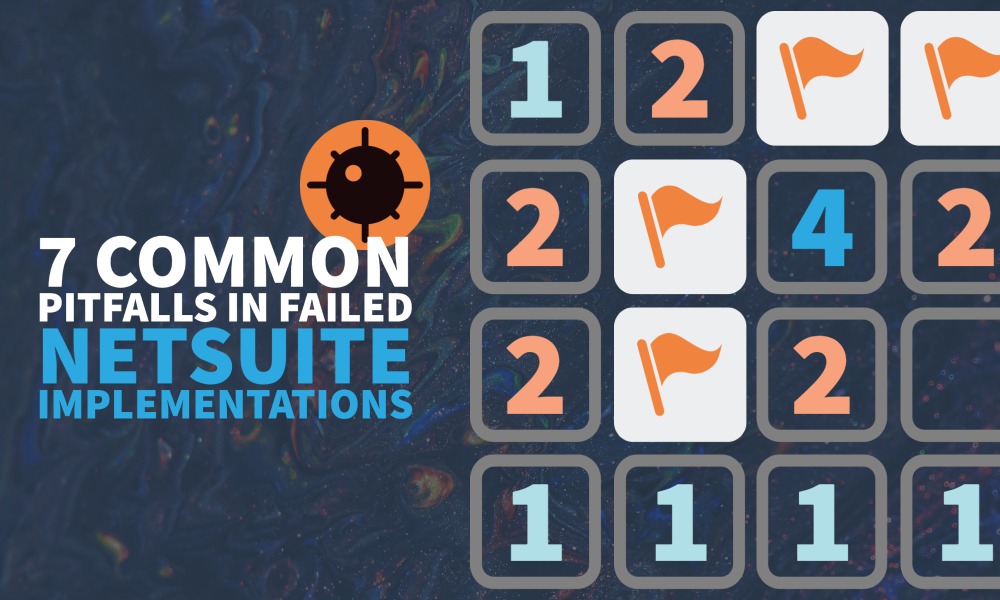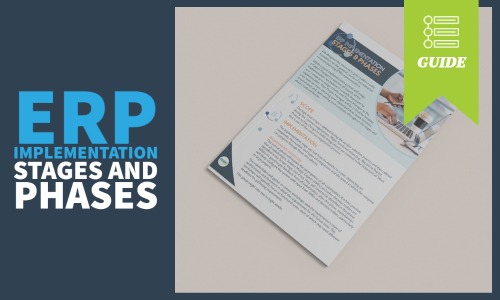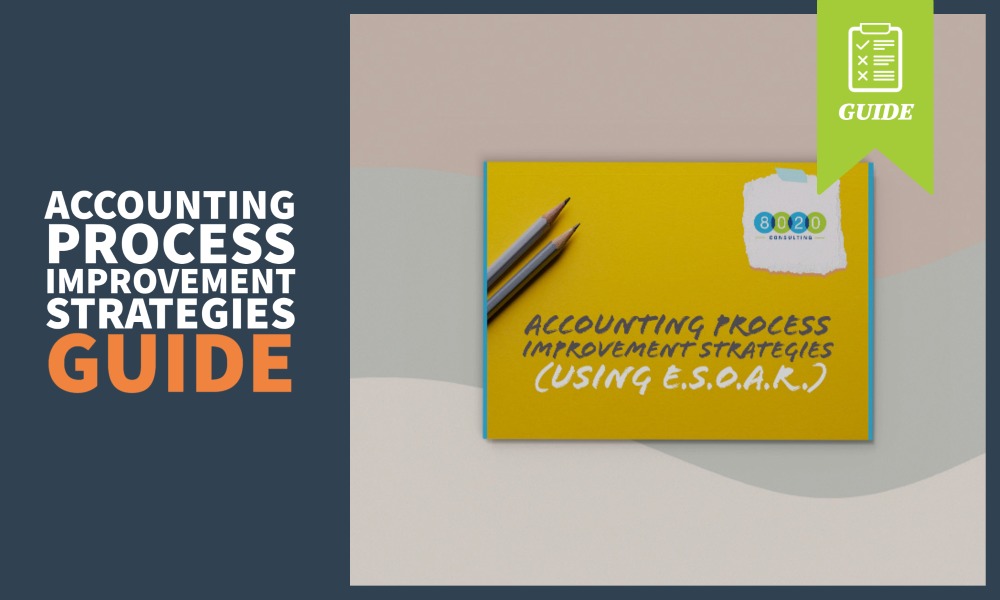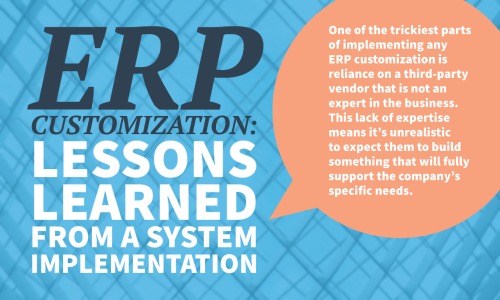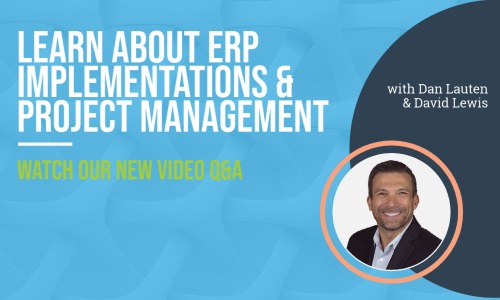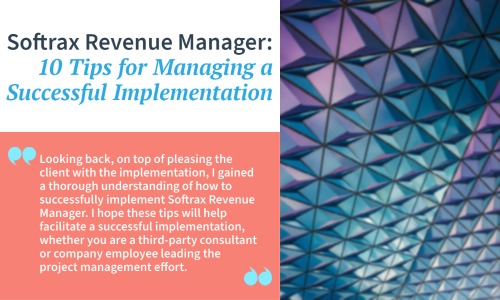A NetSuite implementation can be complex, and NetSuite estimates that 50% of ERP implementations fail the first time around. These failures are not because the software isn’t functional, but rather because the implementation projects themselves failed.
Let’s go over a few common mistakes that lead to failed implementations. If you can avoid these mistakes, you can improve the odds that your company’s NetSuite implementation falls in the successful half.
Pitfall #1: Ignoring Employee Fear of Change
Change is often met with fear from some employees, who can prefer the way things have always been done. This is common in many organizations, but this fear can be mitigated with a few considerations. It’s vital that:
- All stakeholders, meaning each department that will utilize the system, should have a representative sitting at the table during the requirements phase.
- All key employees need to have buy-in when implementing NetSuite and be given an opportunity for training.
- The reason for the changes must be clearly communicated to employees, as well as how they will ultimately improve efficiency at their jobs.
- Users of the system at all levels should be invited to provide input on their daily activities. (Investing in the Sandbox module, which is the testing environment that will have your data uploaded, will provide a safe place for the employees to use the system without compromising your live data.)
Learn more about preparing teams for change in our related article: “Change Management: Preparing Your Team.”
Pitfall #2: Failure to Dedicate Appropriate Resources
Implementing an ERP system effectively takes time. Depending on how large your company is and the intricacies of the business, your company will need at least one person with NetSuite experience, if not an entire team. You may consider backfilling of key positions, so that the process owners can dedicate their time on the implementation without the burden of keeping up with their day-to-day work.
Key users should cover all relevant business areas, including purchasing, marketing, logistics, sales, production, finance or customer service – any department that would touch the system. Failure to include all key departments or failure to backfill key positions may result in unforeseen issues that can derail the project and delay the Go-Live date, which can be costly and possibly force your company to go over budget.
Pitfall #3: Choosing the Wrong Implementation Partner
Many consulting firms purport expertise in ERP implementations, but what is the depth of knowledge of NetSuite in particular? Does your partner have experience in your company’s industry?
For example, implementing NetSuite in a manufacturing company versus a SaaS company is very different. If your company is a manufacturing/distribution company, you will need an implementation partner with a deep understanding of the robust features and NetSuite modules around inventory management, the item matrix, demand-based inventory replenishment and standard costing versus weighted-average costing. An implementation partner that has that experience can help guide you and your team of the best ways to set up NetSuite to accommodate your needs by reviewing your current processes and reviewing NetSuite features and capabilities with you.
If your company is a SaaS company, you’ll need a partner with a deep understanding of SuiteBilling and the Contract Renewals SuiteApp. The expertise within these modules and apps will put your company in a better position to recognize revenue to comply with regulations as well as ensuring your customers are billed on time and accurately.
Get references, and ask them for specifics on how their implementations went. A good implementation partner that understands your business will also help your company choose the right modules your business needs and keep you from buying the ones you don’t need.
Learn more about NetSuite in these articles from our team:
Pitfall #4: Lack of Preplanning
Do you have your current business practices documented? If not, prior to embarking on the implementation, it is important to document what you currently do and discuss with your partner what NetSuite capabilities are appropriate for certain processes. NetSuite may handle your processes better than your legacy system. Lack of detailed preplanning can lead to unforeseen customization issues, as it’s common that current business processes only need a slight change rather than extensive customization in NetSuite to accommodate them.
For instance, when setting up an invoice form in NetSuite, include the logistics person who will know what needs to be included on the invoice, so that s/he doesn’t have to manually create the commercial invoice that must include carton details, materials of the goods and so on.
Pitfall #5: Data Migration Issues
All of the master data in your current system should be scrubbed prior to migrating it to the new system. It’s important to review this data meticulously for the following:
- Duplicate Vendor or Customer Records
- Spelling Errors
- Inactive Vendors or Customers That Might Bog Down Your System
- Inactive Products
- Missing or Wrong Item Costs or Prices
- Historical Data – How Many Years of Data Should Be Uploaded Versus Archived?
- Duplicate GL Accounts
If you and management have always wanted to see things differently, this is the perfect opportunity to revamp the chart of accounts and/or data structure. For example, if you’re currently using QuickBooks or another system that doesn’t have an inventory module, your company’s item description and reporting fields may not be built out for complex reporting.
How does management want to look at sales – sales by category (which categories?), sales by territory or region? Sit with the head of operations, sales and any other department head that would want reports that slice and dice sales or inventory information in multiple ways. Whether there are fundamental changes to your data structure or not, be sure to create a map between the legacy system and the new data structure.
Learn more about data migration in our related blog: “Follow These Data Best Practices When Switching to NetSuite.”
Pitfall #6: Not Having a Project Manager With Full Oversight
A good implementation partner will have a project manager assigned to your project to oversee all aspects of the implementation. However, it’s equally important for your company to also have a project manager overseeing the implementation.
That project manager is critical to keeping the team on track when the implementation partner is not on site. This person would be someone with solid and deep knowledge of the business, who can help connect the dots between the departments and the flow of a transaction throughout the system.
For example, a shoe manufacturing company implementing NetSuite would want a project manager that understands the flow of order processing from the customer to the factory, the receipt of the goods from the factory, the bill from the factory and payment to the factory, the invoice to the customer and the receipt of payment from the customer and everything in between. This person should have a strong understanding of the operations as well as accounting and how each transaction affects the financial statements because every transaction ends up affecting the financial statements which is why you want NetSuite set up correctly from the beginning preventing costly Go-Live delays or costly clean up in the aftermath.
Learn More
If you want to increase your company’s chances of having a successful ERP implementation, then you should consider bringing in external support to supplement your existing in-house team. Our team can help. To learn more about how 8020 Consulting works with our clients and the types of financial systems projects that we’ve supported, then visit our financial systems consulting page. You can also download our free guide to learn about ERP Implementation stages and avoid common issues:






